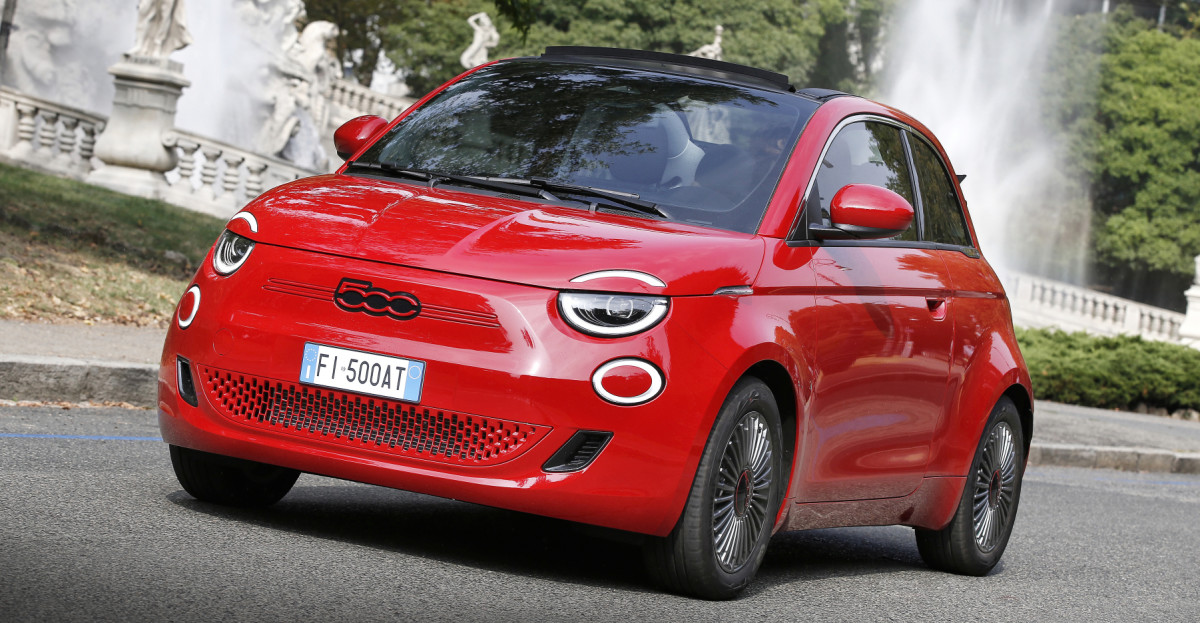Stellantis, the automotive conglomerate born from the merger of Fiat Chrysler and PSA Group, has entered a turbulent period. In recent weeks, the company faced the unexpected resignation of CEO Carlos Tavares and a further suspension of production for the Fiat 500e, attributed to lackluster sales performance.
Despite these challenges, Stellantis’ Chief Operating Officer, Jean-Philippe Imparato, has announced ambitions for a new generation of the Fiat 500, slated to debut in 2032. This decision is intriguing, given the current sales figures, but it reflects an attempt to reinvigorate the Fiat 500 lineup, hoping to capture the market’s attention once again.
### Commitment to Italian Production
The Fiat 500 currently rolls off the production lines at the Mirafiori plant in Turin, Italy—a site synonymous with the brand’s heritage. Stellantis intends to maintain this production hub for the next generation of the Fiat 500. However, this commitment is puzzling, especially in light of the frequent production halts for the all-electric model at this facility. The latest production stoppage is scheduled to commence on December 18, 2024, and last until January 20, 2025. This interruption also impacts other vehicles, including the Maserati GranTurismo and GranCabrio.
While grappling with this turbulence, Imparato reaffirmed Stellantis’s dedication to its Italian roots, stating that there are no intentions to close factories within Italy. To bolster the Fiat 500’s future prospects, the automaker is investing $105 million into the development of a new high-performance battery, aimed at enhancing range and performance for upcoming models. Additionally, Fiat is actively pursuing a hybrid variant of the 500e, anticipated to launch by late 2025 or early 2026.
### A Legacy in Turmoil
The struggles plaguing the Fiat 500 are not new, especially for its electric variant. Prior to recent production halts, operations at the Mirafiori plant were suspended from mid-September to November 2024, officially due to poor sales—fewer than 500 units of the Fiat 500e were sold by November 2024.
With a starting price of $32,500 and a modest range of only 141 miles, the Fiat 500e faces intense competition among electric vehicles. Its charging capabilities, reaching 80% in 35 minutes, are less than compelling in an increasingly crowded EV market. These factors contribute to its sluggish sales performance, making it understandable why the model struggles to find traction.
Nevertheless, Stellantis remains committed to the Fiat 500’s future for at least seven more years, suggesting that the next generation will need to deliver significant improvements over its predecessor. Fortunately, it hasn’t fallen into the category of underperforming competitors like the Mazda MX-30, which offers a mere 100-mile range.
### Looking Ahead
Unless the Fiat 500e can achieve a status akin to that of hot hatches through a more ambitious high-performance version, it remains unlikely to generate widespread excitement in the market. The reality of American automotive preferences leans heavily towards larger trucks and SUVs, which presents a significant hurdle for the compact 500. Meanwhile, in Europe, urban environments with narrower streets inherently favor smaller vehicles, thus painting a different picture.
Many questions remain regarding the Fiat 500’s future, particularly in the U.S. market. Current promotions show 2024 models discounted by as much as $10,000 below MSRP, often lingering on dealer lots for over 140 days. With competitors like the Chevy Bolt and Mini Cooper Electric posing formidable challenges, the path ahead for the Fiat 500e appears steep.
Source:www.autoblog.com






